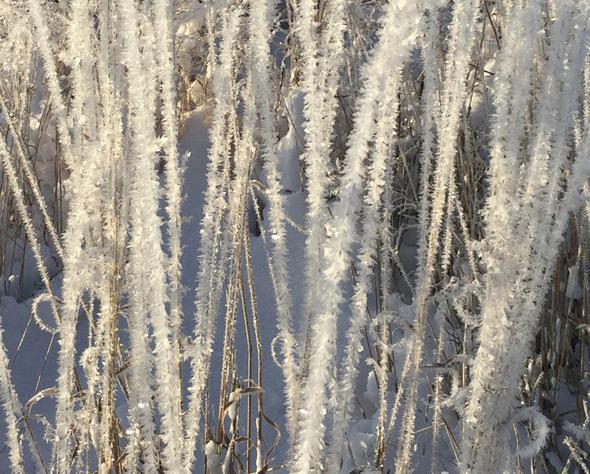At 04:48 UTC Tuesday morning (or 23:48 Monday night Eastern U.S. time), the Earth’s north polar axis will be tipped as far away from the Sun as it will be all year. This means the Sun will reach its most southern position on the sky. It also means we have the day with the least amount of daylight in it,* and the longest night.
In other words, it’s the winter solstice (or, out of respect for southern hemisphereans, the December solstice).
I described this in some detail last year at this time, so if you want more info, check that out.
But, there’s something I want to note: You’d think that if the amount of daylight is shortest on the solstice, then you’d have the latest sunrise and earliest sunset, right? But actually, it’s a bit more complicated than that.
For example, in Boulder, Colorado, the earliest sunset already happened, sometime around Dec. 8 or so, when it set at 4:36 p.m. But the latest sunrise still hasn’t happened yet: That’ll be around Jan. 4 of next year.
This is true everywhere in the Northern Hemisphere, though the exact numbers and dates depend on your latitude. But it’s caused by two things: The Earth’s axis is tilted, and the Earth’s orbit isn’t a perfect circle. These two situations interact in an unusual and not necessarily intuitive way, changing the dates of the latest sunrise and earliest sunset by a week or so around the December solstice. I wrote a post describing it a while back, and if you want even more details, go to analemma.com and poke around; that’s a fun website (if you’re an astronomy dork, as—duh—I am).
As it happens, in Boulder on the solstice, it turns out daylight lasts about 9 hours and 20 minutes Monday. Compare that with the summer (June) solstice when daylight is more than 15 hours! That might seem a little bleak, but think of it this way: Every day, from now until June 20 (the summer/June solstice) the days get a bit longer, and night a bit shorter (get the times for your own location here). That’s why ancient peoples celebrated this day; it meant the worst (as far as least daylight) was behind them.
That sounds like a fine basis for celebration to me! Even though I’m an astronomer, and I like long nights, it’s nice to see the Sun sometimes too.
Update, Dec. 21, 2015 at 17:20 UTC: Don’t forget the real reason for the season!

Photo illustration by Lisa Larson-Walker. Photo courtesy of Starbucks.
Correction, Dec. 21, at 20:00 UTC: I originally wrote that the solstice was at 21:48 Eastern time, but that’s when it is in Mountain time (my own time zone). My apologies to anyone planning any celebrations at the exact moment of the Sun’s most southern declination.
*Some people say we have the shortest day, but that word is ambiguous; do they mean amount of daylight or the time it takes the Earth to spin once? That’s why I phrased it as I did above. Also? One day-night cycle has the technical name of nycthemeron, a word I love.
